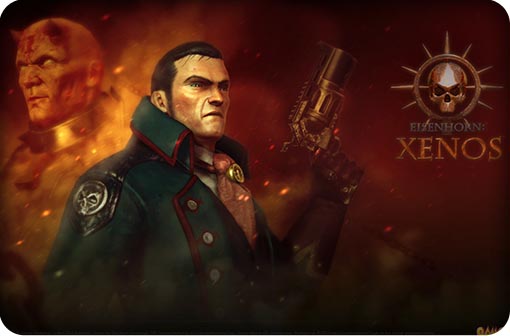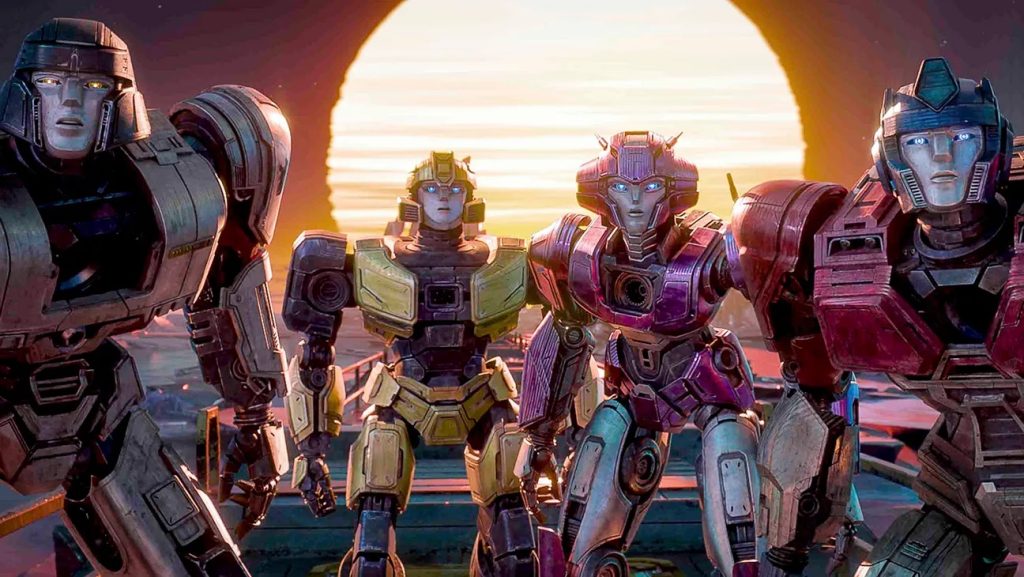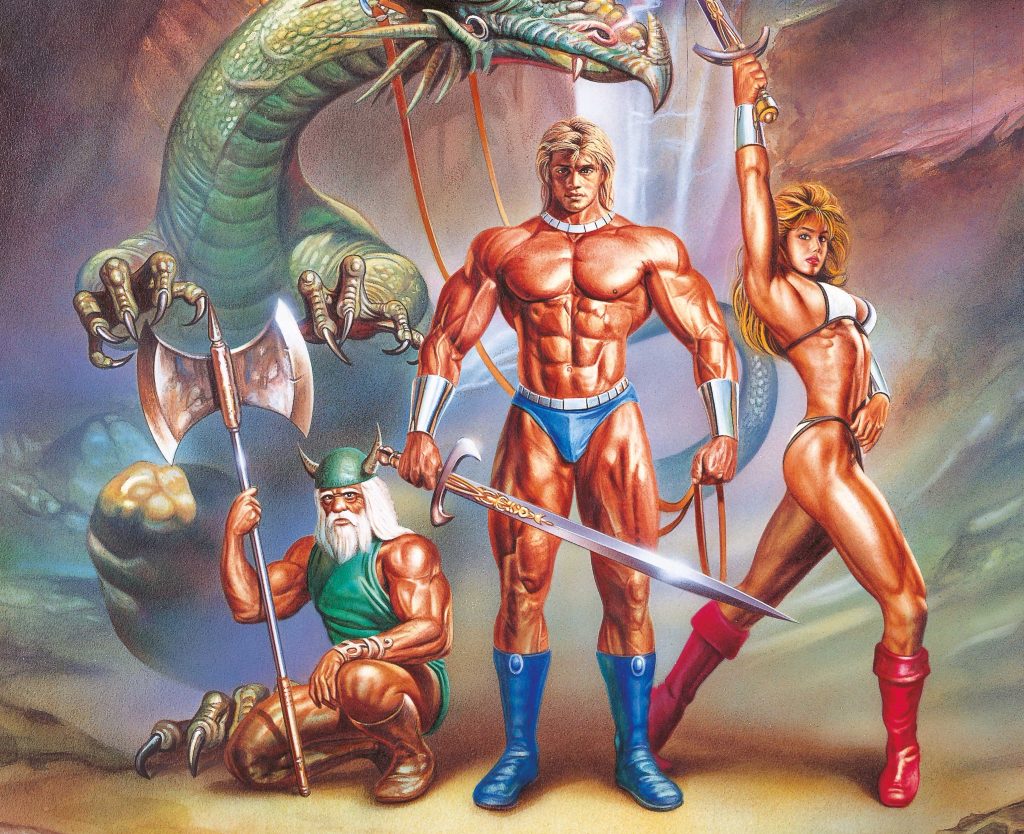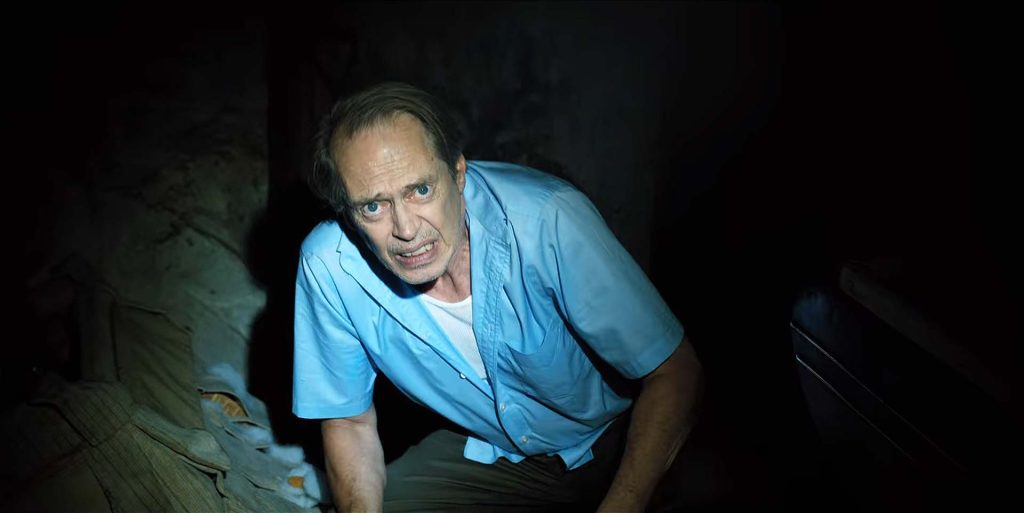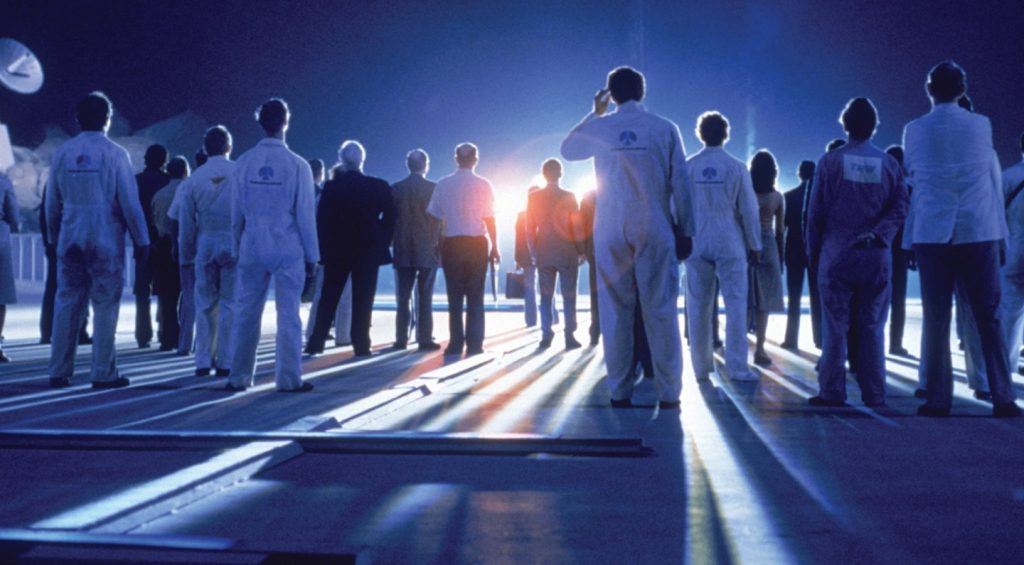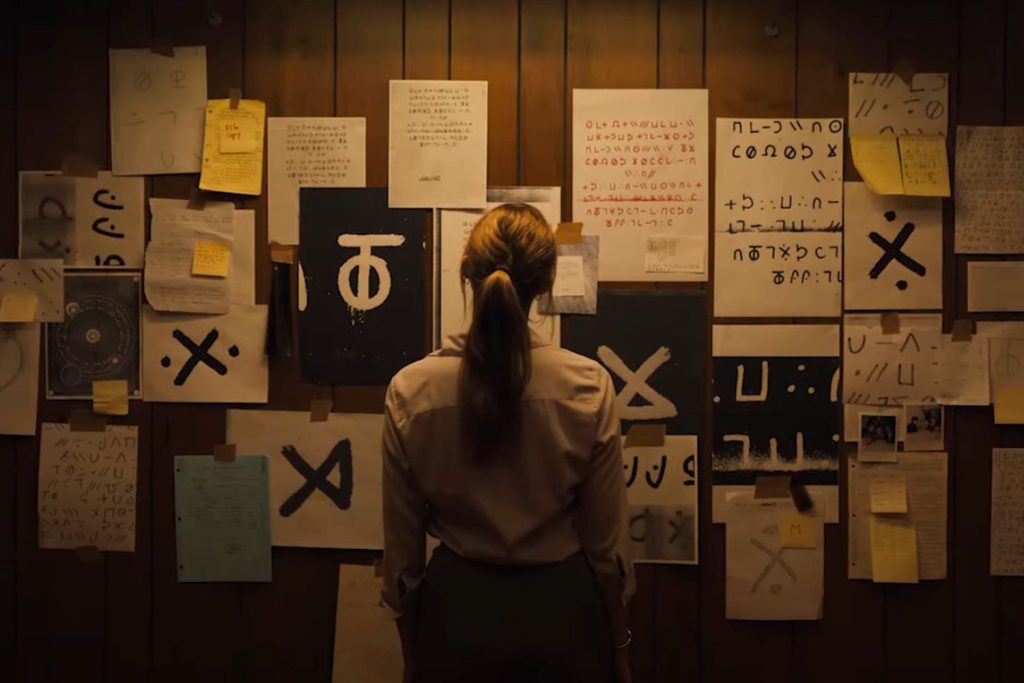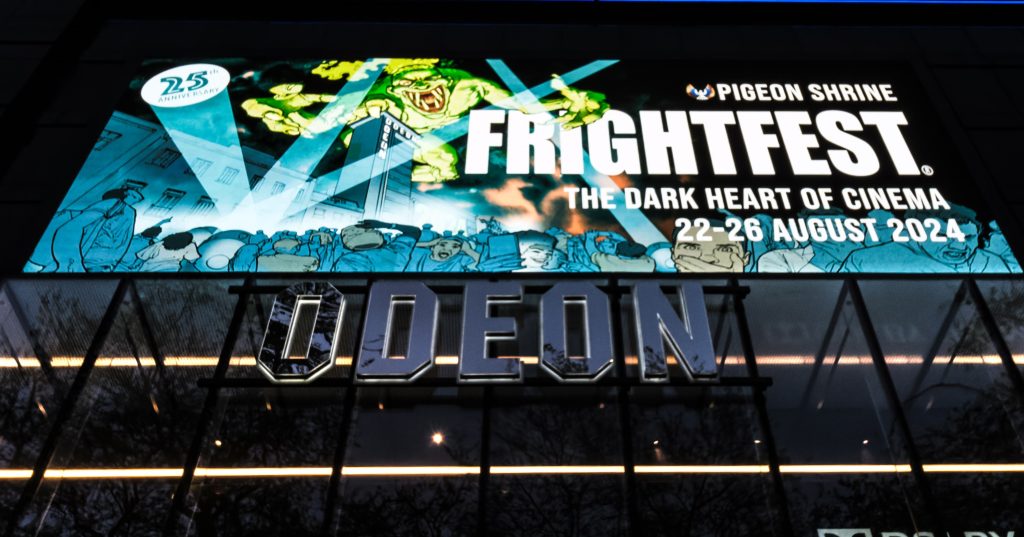
For all the varied video games depicting the nightmare future Warhammer 40,000 universe, few take the time to examine anything beyond the frontlines. Every title from the methodically slow-paced Space Hulk to Dawn of War’s high speed RTS action have focused more upon killing Orks with bolters than secret shadow wars fought between ancient powers. At least until now. Adapted from the first book of Dan Abnett’s Eisenhorn trilogy, Xenos follows the career of Inquisitor Gregor Eisenhorn of the Ordo Xenos. Tasked with exterminating alien influences from across the Imperium’s worlds, the story depicts Eisenhorn’s efforts to annihilate a powerful cult and his own slow journey towards damnation.
Even among the hundreds of tales by Black Library set in the grim darkness of the far future, the Eisenhorn trilogy is often held up as the saga all others should be measured against. This has been as much for other lauded Warhammer 40,000 successes such as First Heretic and Fulgrim as it has Abnett’s works in other fields, such as Alien: Isolation and Guardians of the Galaxy. As a result of this respect for the trilogy, fan responses to the news that the task of adapting the first instalment was being given to Pixel Hero Games over a bigger name developer were decidedly mixed. The more dismissive voices focused upon how the developer only had one previous game to their name, and that Xenos would apparently only see release on iOS and mobile over PC or consoles.
Getting in touch with Pixel Hero Games’ Studio Head Nader Alikhani, we asked him about some of these concerns and just how they would translate the book’s core strengths.
STARBURST: Along with being the first Black Library novel ever to be adapted to a video game, Xenos is very different from the average Warhammer 40,000 story. Have there been any concerns over tackling a tale involving fewer Space Marines and focusing more upon rooting out heretical cults?
Nader Alikhani: Not at all! Warhammer 40K is such a rich, diverse universe, and it’s exciting to explore a different side of it. I think Space Marines and combat missions on war-torn planets have been very well represented in lots of 40K games already. However, the everyday, inner workings of the Imperium as seen through the eyes of a more enigmatic character, not so much. Getting to flesh-out the universe through Eisenhorn’s eyes is one of the most appealing things about the project for us.
Much of it is set away from warzones and instead involves cloak and dagger operations by Eisenhorn’s retinue. What plans do you have to translate these into sections of the game, for example will there be missions focusing upon gathering information about a certain House on Gudrun through various means?
In short, yes. Huge chunks of Xenos are about Eisenhorn and his retinue on clandestine missions, so to not incorporate those aspects of the story into our gameplay would be a real disservice to the source material. Thankfully, the vast majority of those elements translate quite naturally into compelling gameplay.

What of the combat itself? While your last game, Spiral, was close combat focused, promotional work for Xenos has shown Eisenhorn carrying a bolt pistol. Will there be different gameplay modes or mechanics independently focusing upon ranged and close combat?
With Spiral we were trying to create a fluid combat system that played to the strengths of touchscreens, and in which the main character (Tempus) would perform attacks context sensitively based on the distance of the enemies (swords at close range, a staff at middle distance, and a gun at long range). In Xenos, we’re going with a more traditional console approach, with separate inputs for melee and ranged combat. We’re trying to balance a lot of interesting elements, such as different equippable weapons and items, as well as the effect of the retinue members the player has chosen to take on a mission. This is without talking too much about some cool nods to the original board game we’ve put in such as action points, morale, and the Inquisitor’s ‘Pause for Breath’ ability (which I’m going to hold back from revealing too much about right now!).
Beyond Eisenhorn himself, do you have any plans for members of his retinue to serve as playable characters and make use of their individual skills?
Currently there are no plans for members of Eisenhorn’s retinue to be ‘playable’ characters controlled directly by the player. Much like someone reading the book, we want players to feel like they are experiencing the world from Eisenhorn’s point of view. However, that’s not to say that the retinue won’t play a major role in the game. During most missions Eisenhorn will be accompanied by up to two party members which the player will be able to switch out at select points. Not only does each member have their own skills and abilities in combat, but they affect Eisenhorn’s abilities during the adventure. To give you an example, having Aemos as a party member will allow the player to more easily hack terminals than usual, whilst being accompanied by an Arbites like Fischig will allow Eisenhorn to approach situations more aggressively. Eisenhorn himself operates as a bit of a ‘Swiss Army Knife’ gameplay-wise, much as he is represented in the book. That said, the retinue players pick will directly affect how they will have to approach gameplay, both in adventure and combat.
The novel featured a number of varied and detailed worlds each completely unlike the other. Hubris and Gudrun alone are polar opposites of one another despite being thriving Imperial planets. Were there any inspirations which went into constructing the themes and styles of each one, and will players be given the opportunity to explore them at all?
This has been one of the most enjoyable aspects of the entire experience. We’ve been given an opportunity to work with Games Workshop to establish aspects of the inner workings of the Imperium of Man that have really not been seen before. Naturally there are common architectural and stylistic themes that apply to all of Warhammer 40K, but it’s still thrilling to adapt these in way that fits a busy, bustling city like Dorsay and not just battlefields on the outskirts of the Imperium. With regards to exploration, Xenos is very much a linear game, but we’ve tried to allow for moments and opportunities for the player to wander and explore slightly off the beaten track.

Many points in the book are noted to have extremely disturbing or unsettling details. More than one prisoner is effectively flayed alive by other Inquisitors and Chaos’ penchant for body horror is present in full force. Will such moments be toned down or will they be depicted without any alterations?
Beyond the technical difficulties of blowing a man’s skull open, or freezing their flesh to torture chairs, we are certainly not looking to tone anything down. The oppressive brutality of these scenes is an integral part of the grim-dark 40K universe, and we are looking to make sure such moments are handled appropriately.
Beyond even his skill at arms, one of Eisenhorn’s most useful abilities is his telepathy, particularly an often seen power known as The Will. Given this compels his intended target to do anything from speak the truth to casually walk into a hail of gunfire, will we be seeing many mechanics based around this power?
The ‘Will’ is absolutely in our plans, with uses both inside and out of combat. It has the potential to be quite devastating, but I like the fact that it is not actually an aggressive, attacking psyker power, but rather an influencing one. Not only does it mean we have the potential to generate interesting outcomes when used, but it also allows for enemies to have different degrees of resistance to it. Much like its treatment in the book it is an ability that can aid Eisenhorn in tight situations, but it is not, nor should it be, an automatic, overpowering ‘win button.’
Despite primarily featuring small skirmishes and running fights, there are a few particular points where the tale gives itself over to vastly bigger conflicts. Do you have any specific plans on how to handle these battles without it turning into the player wading through hundreds of mooks at a time?
Naturally, on those missions, combat will take a more central role, but without going into too much detail I can say it will be far from the only thing Eisenhorn does. Personally, in games with a narrative focus I’m a big fan of well balanced, curated gameplay. Games like The Last of Us or the most recent Tomb Raider don’t succeed or fail because of any singular mechanic, but by how various mechanics are intertwined to deliver the needs of their respective stories and worlds. Whilst combat is present in most levels, it is often balanced against other game mechanics dependant on the tone of the scene. We don’t want players to feel tired or fatigued from any one gameplay element being too long or repetitive. Xenos the novel is quite a fast-paced story, and it has that absorbing quality that keeps readers powering through chapter to chapter, and our aim is to achieve a similar quality with Xenos the game.
In the novel everything is told from Eisenhorn’s perspective, with many details and much of the atmosphere being built by his inner thoughts and personal notes. Has this proved to at challenging when developing the game’s environments or adapting the story?
Actually this has proven to be one of the most straightforward parts of the project! Large parts of the book are Eisenhorn describing to the reader what he is seeing. Thankfully for us, operating in a visual medium like games means we can just show the player what Eisenhorn is experiencing. When it comes to Eisenhorn’s dialogue or inner thoughts, we’ll be using voiceover for the entire game, with Eisenhorn narrating over appropriate gameplay sections or speaking to other characters when required.

When Xenos starts, the heroes are closing in upon a mass murderer they have been tracking for months. In the opening chapters we learn that Eisenhorn has lost two long-time operatives, one of whom is killed the other driven utterly insane. Will we also see the game start at a slightly earlier point than in the book in order to better know these characters or ease the player into the universe?
We’ve actually got a suitably fun approach to our setup of Xenos. We’ve spent a lot of time considering how to drop the player into the story effectively and in a way we hope will resonate with fans of the material. It also has a lot of potential to open up some interesting avenues in the future.
What of the time-skips then? At many points in the story the bigger picture is told by second hand information or skimming over months of travel or investigations, particularly during Warp travel. Will these be skipped or used as an opportunity for the players to interact with other characters and prepare for future events?
We are handling time-skips in very much the same way they are handled in the book. Xenos already has a terrific amount of story, and whilst it would be fantastic to explore more of the events that were glossed over, we are honing our efforts on making sure the existing content of the book is handled to the best quality.
Can you reveal any early information on Xenos’ technical details? Will, it be locked at a specific frame rate or will Spiral’s ‘one touch’ gesture system be re-used here?
Xenos will be optimized dependant on the platform. Thankfully our experience using the Unreal Engine means we have a lot of control for delivering the best experience for users. On mobile devices or tablets, the game may run at different frame rates and with different settings, however the minimum frame rate on every device will be 30 frames per second. The STEAM release of Xenos will allow for customisation by the user of the usual graphical bells and whistles depending on their particular setup. As far as controls are concerned, we’ve rebuilt our controls from the ground up to allow us to make sure we are delivering as similar an experience as possible on every platform. Our primary focus is a gamepad oriented style of controls, with virtual sticks on touch screen and additional device specific gamepad support. As well as working with gamepads, the STEAM version will also support mouse and keyboard controls.

Will Xenos feature any kind of moral choice system or opportunities for the players to decide the fate of certain side characters? Given the series’ main themes of gradual corruption and compromise will there be opportunities for players to see any personal choices potentially backfire upon themselves?
We came to the decision very early on in production that the best way to service the source material was to not allow for story choices to be made by players. The entire Eisenhorn trilogy is a very personal story that unfolds on an intergalactic scale, charting the ‘fall’ of Eisenhorn from a puritanical Inquisitor to what others would consider a heretic. Every action and decision has weight and is complimented by Eisenhorn’s inner monologue, which humanises him in a way that only readers know and which is often contrary to how he is perceived by everyone else in the 40K universe. Giving the player the ability to make different moral choices or change the story inherently breaks our ability to have players experience Eisenhorn’s unique journey. I’d love to see a more open-ended Inquisitor game, with meaningful story choices, but I don’t believe such a game would be a good fit for this material.
While Xenos is the first part of the main trilogy, Dan Abnett has written many short stories based upon Eisenhorn at various points in his career. Should Xenos prove to be a success will Pixel Hero Games develop titles based upon these as well?
Honestly, there is so much to love about this character and universe I think we’d very much like to adapt as much of the material as we can should Xenos be successful. Perhaps one day we can even do an open ended game with an older, wearier Eisenhorn, and allow players to shape new and different adventures!
Xenos is slated for release in 2015 on mobile devices and PCs, keep an eye on www.pixelherogames.com for future updates.
SHARE YOUR COMMENTS BELOW OR ON TWITTER @STARBURST_MAG
Find your local STARBURST stockist HERE, or buy direct from us HERE. For our digital edition (available to read on your iOS, Android, Amazon, Windows 8, Samsung and/or Huawei device – all for just £1.99), visit MAGZTER DIGITAL NEWSSTAND.
CLICK TO BUY!
MORE FROM AROUND THE WEB:

